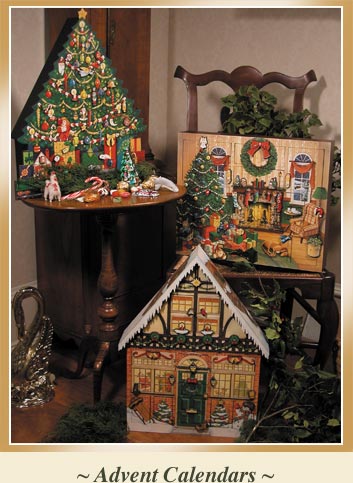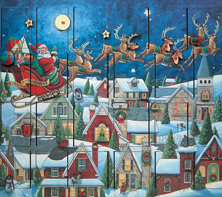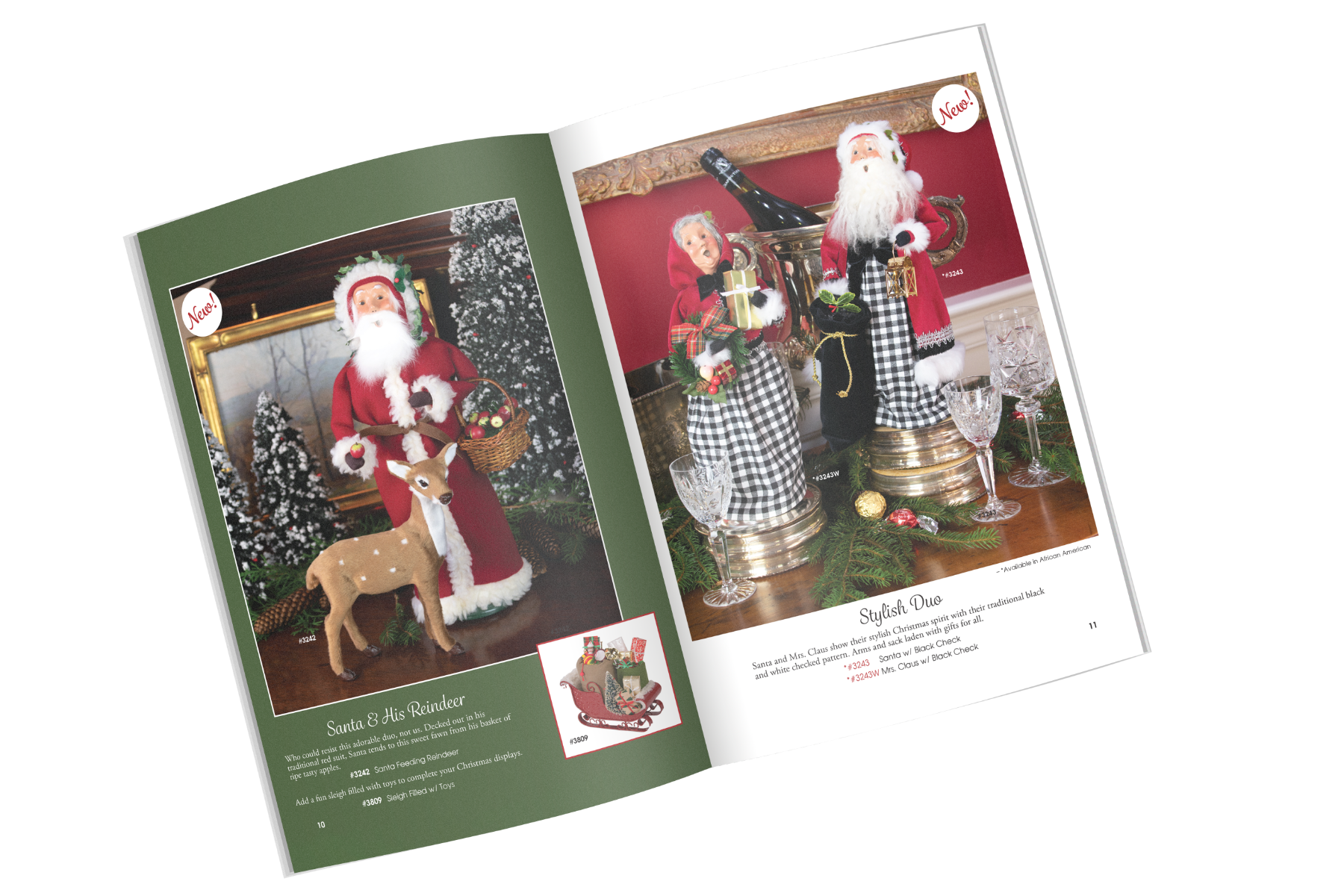 For generations, people have used a variety of ways to mark the passing of the days leading up to Christmas. Starting in the protestant regions of Germany in the 18th and 19th centuries, it became popular to hold the season of Advent as a time for reflection and to prepare oneself for the celebration of Christmas. To mark the passage of the season, many families drew lines in chalk on the kitchen wall or put out an “Advent Clock,” a wreath with 24 candles on it, one more of which was lit each night at dinner on each of the days of December preceding Christmas.
For generations, people have used a variety of ways to mark the passing of the days leading up to Christmas. Starting in the protestant regions of Germany in the 18th and 19th centuries, it became popular to hold the season of Advent as a time for reflection and to prepare oneself for the celebration of Christmas. To mark the passage of the season, many families drew lines in chalk on the kitchen wall or put out an “Advent Clock,” a wreath with 24 candles on it, one more of which was lit each night at dinner on each of the days of December preceding Christmas.
In 1908, Gerhard Lang, a German, published the first commercial Advent Calendar. As a child at Christmas time, his mother had made him a board with 24 candies stuck to it and let him take down one each morning during Advent. Remembering this when he designed his own calendar, Lang made one with little colored pictures so children could add a new one to the scene each day.
The German Advent Calendars were hugely popular through the 20’s and 30’s. A myriad of new designs were created and sold all over the world. During the Second World War, however, production ceased when cardboard was rationed and it was forbidden in Germany to print calendars with pictures.
 Following the war, in 1946 an artist named Richard Selmer created a paper Advent Calendar depicting a little town street whose doors and windows opened up to reveal Christmas celebrations inside the buildings. He printed it and sold it throughout Germany, later building a business for himself designing and printing Advent calendars that was carried on by his children and grandchildren after his death. During this time, Advent calendars spread to the United States, helped along by pictures in a newspaper article showing President Eisenhower’s grandchildren all gathered around the Little Town Advent calendar, counting down the days until Christmas.
Following the war, in 1946 an artist named Richard Selmer created a paper Advent Calendar depicting a little town street whose doors and windows opened up to reveal Christmas celebrations inside the buildings. He printed it and sold it throughout Germany, later building a business for himself designing and printing Advent calendars that was carried on by his children and grandchildren after his death. During this time, Advent calendars spread to the United States, helped along by pictures in a newspaper article showing President Eisenhower’s grandchildren all gathered around the Little Town Advent calendar, counting down the days until Christmas.


